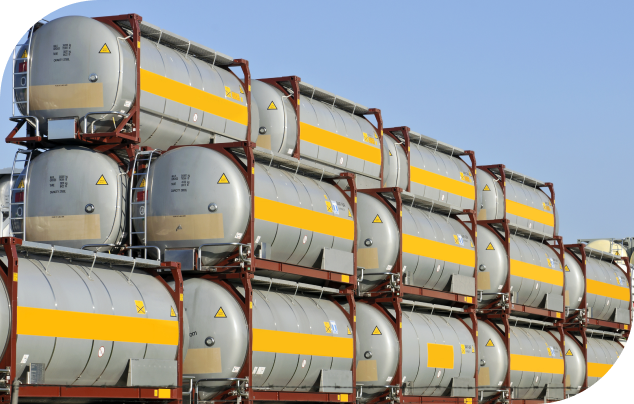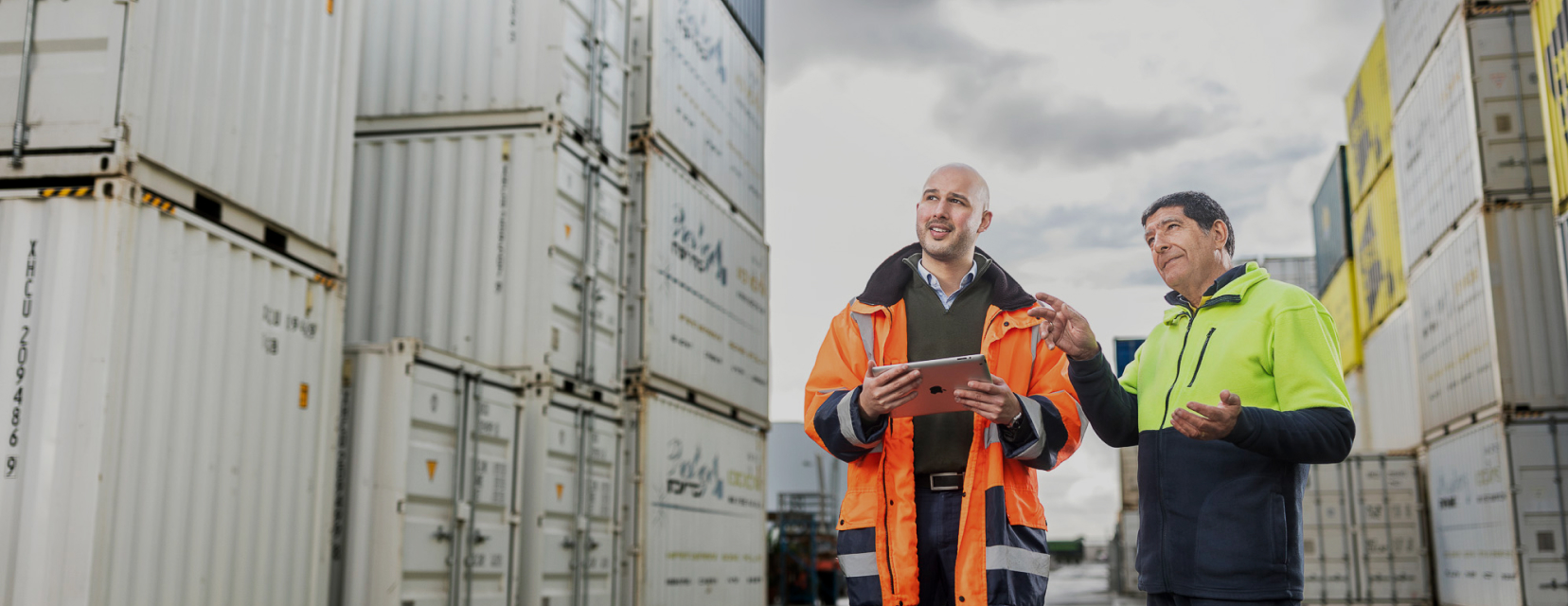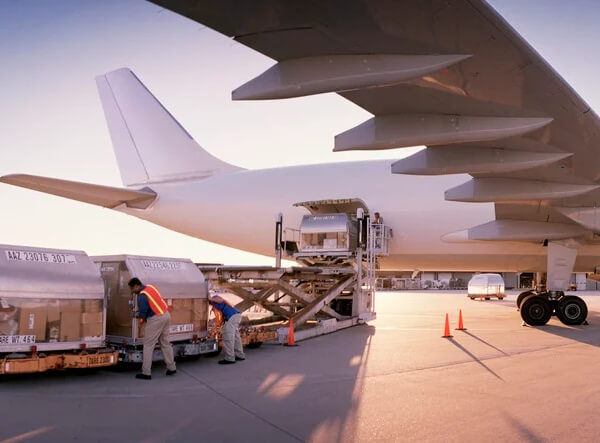Start moving in the
right direction.
Speak to us today to see how we can improve your business logistics, freight and customs related issues.


At Clarke Global Logistics, we understand the complexities and challenges associated with transporting dangerous goods. Our dedicated team of experts is committed to providing seamless and secure logistics solutions tailored to meet the unique requirements of shipping hazardous materials. We ensure all the necessary regulatory requirements are met and we liaise with Australian Border Force, quarantine, shipping lines and consolidators on your behalf. We can also assist you in providing all the necessary documentation to ensure a smooth and hassle free experience when moving your freight.


Australia follows the Globally Harmonized System of Classification and Labelling of Chemicals (GHS) for the classification and labelling of dangerous goods. These are divided in 9 classes:


Special handling restrictions for dangerous goods refer to specific measures and precautions that must be taken when transporting substances or materials that pose a risk to health, safety, property, or the environment. These restrictions are in place to minimise the potential for accidents, spills, or other incidents that can occur when handling hazardous goods.. The nature of these restrictions can vary based on the type of goods being transported and the regulations established by relevant authorities, but common aspects of special handling include:
Segregation and Separation: Different classes or types of dangerous goods may need to be segregated or separated during transportation to prevent incompatible substances from coming into contact with each other.
Packaging Requirements: Hazardous materials often require specific packaging that meets international and local standards. This may include the use of UN-approved packaging, pressure vessels, or specialised containers designed to withstand the characteristics of the dangerous goods.
Labelling and Marking: Clear and standardised labelling is essential to communicate the hazards associated with the materials. Special markings and labels, such as UN numbers and hazard symbols, must be prominently displayed on the packaging.
Documentation: Thorough documentation is crucial for the transport of dangerous goods. This includes providing accurate and complete information on shipping papers, manifests, and other required documentation. Compliance with international regulations, such as the International Maritime Dangerous Goods (IMDG) Code or the International Air Transport Association (IATA) Dangerous Goods Regulations, is typically mandatory.
Training and Certification: Personnel involved in the handling, packaging, and transportation of dangerous goods must undergo specialised training to understand the unique risks associated with these materials. Certification may be required to ensure competence in managing hazardous substances.
Emergency Response Planning: Robust emergency response plans should be in place to address potential incidents during transportation. This includes providing emergency contact information, equipping vehicles with appropriate safety equipment, and training personnel on emergency response procedures.
Regulatory Compliance: Strict adherence to national and international regulations governing the transportation of dangerous goods is paramount. This includes compliance with laws set forth by organisations such as the International Maritime Organization (IMO), the International Civil Aviation Organization (ICAO), and various national regulatory bodies.


We provide specialised packaging solutions to ensure the safe and secure transportation of dangerous goods. Our experts assess the specific requirements of each shipment and design packaging that complies with international standards.
Navigating the complex landscape of Dangerous Goods regulations can be challenging. We ensure that all shipments adhere to the latest regulatory requirements, reducing the risk of delays and compliance issues.
Our team takes care of the necessary documentation for dangerous goods shipments, including Dangerous Goods Declarations, permits, and certificates. We streamline the paperwork, saving you time and ensuring accuracy.
From air freight to ocean freight and ground transportation, we offer a range of options for transporting dangerous goods. Our logistics experts work closely with you to determine the most efficient and cost-effective mode of transportation.
With years of experience in the logistics industry, Clarke Global Logistics has developed specialised knowledge in shipping dangerous goods safely. Our team is well-versed in the regulations, documentation, and safety protocols necessary for the transportation of hazardous materials. Our global reach allows us to facilitate the smooth movement of dangerous goods internationally, ensuring timely and secure delivery to any destination. We further leverage state-of-the-art technology to track and monitor shipments in real-time, providing visibility into the entire logistics process, and giving you peace of mind and control over your shipments.
Speak to us today to see how we can improve your business logistics, freight and customs related issues.